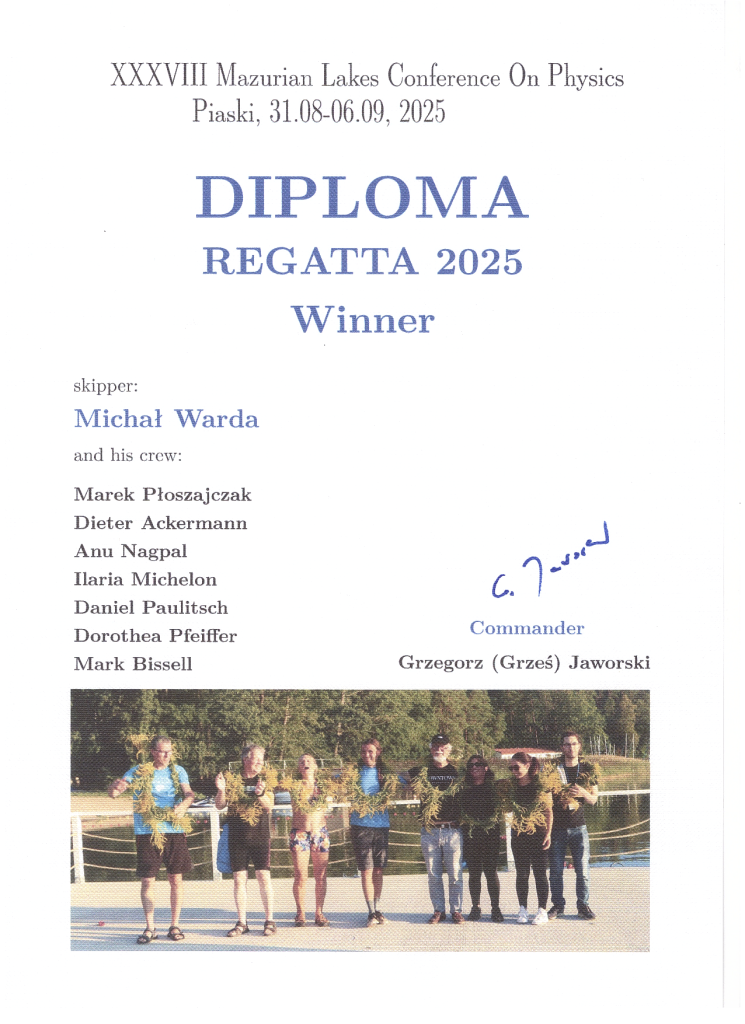On September 16–18, 2025, the Faculty of Mathematics, Physics and Computer Science at UMCS hosted the 31st edition of the international scientific conference Nuclear Physics Workshop. The event, organized by the Department of Theoretical Physics at UMCS in cooperation with the National Centre for Nuclear Research in Świerk, brought together distinguished researchers and experts from around the world, including France, Germany, China, and the United States. The conference served as a forum for presenting the latest scientific achievements and exchanging experiences in the field of nuclear physics.
This year’s edition had a special character — it was dedicated to the jubilee of Professor Krzysztof Pomorski, an outstanding scientist of international recognition, who for many years has been included on the prestigious list of the 2% most frequently cited researchers worldwide. Professor Pomorski was associated with UMCS for over half a century and, since January 2025, has continued his scientific activity at the National Centre for Nuclear Research in Świerk.
The President of UMCS, Professor Radosław Dobrowolski, honoured the opening ceremony of the Conference with his presence with congratulations and warm wishes to the Jubilee on behalf of the academic community. The 3 day meeting gathered researchers from Poland and abroad and brought inspiring presentations and lively scientific discussions.















